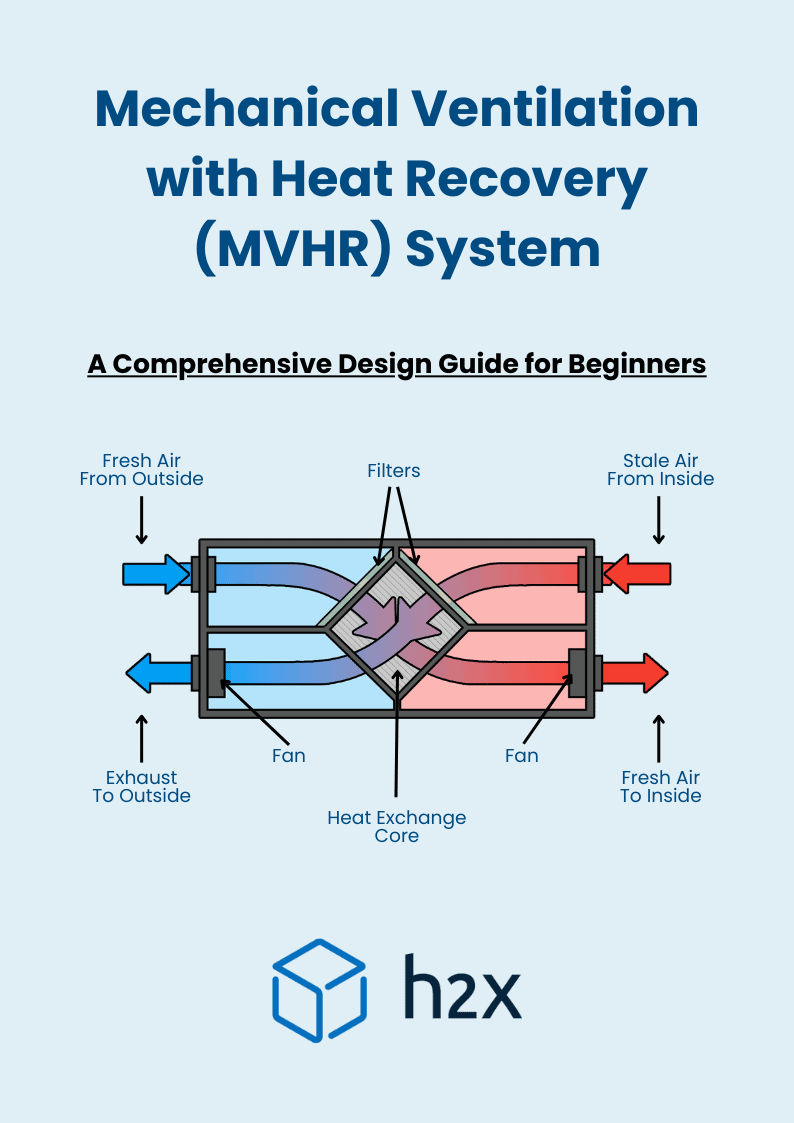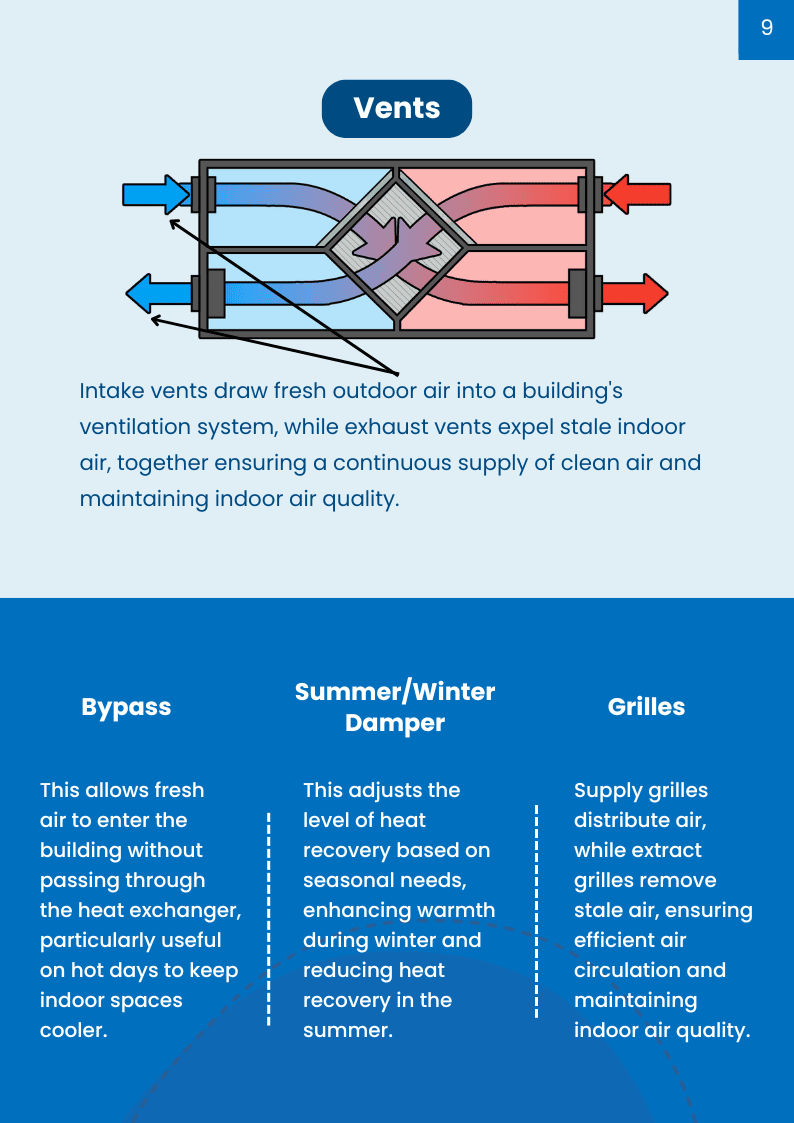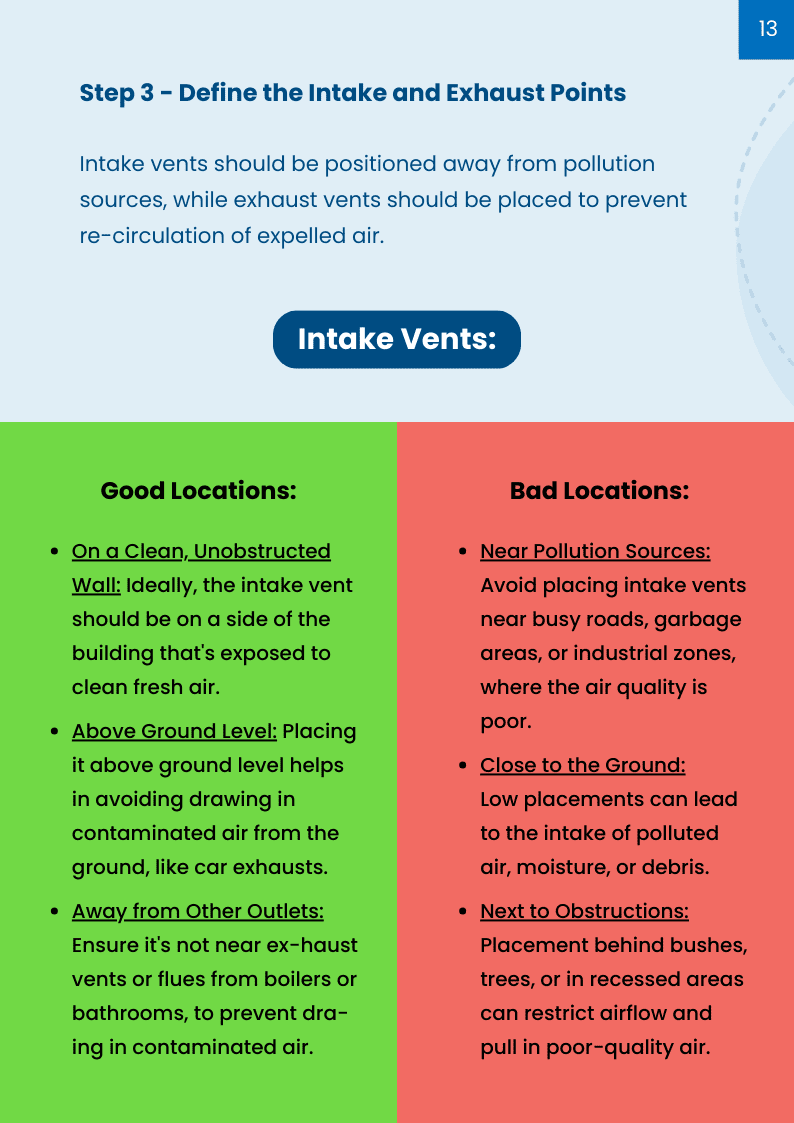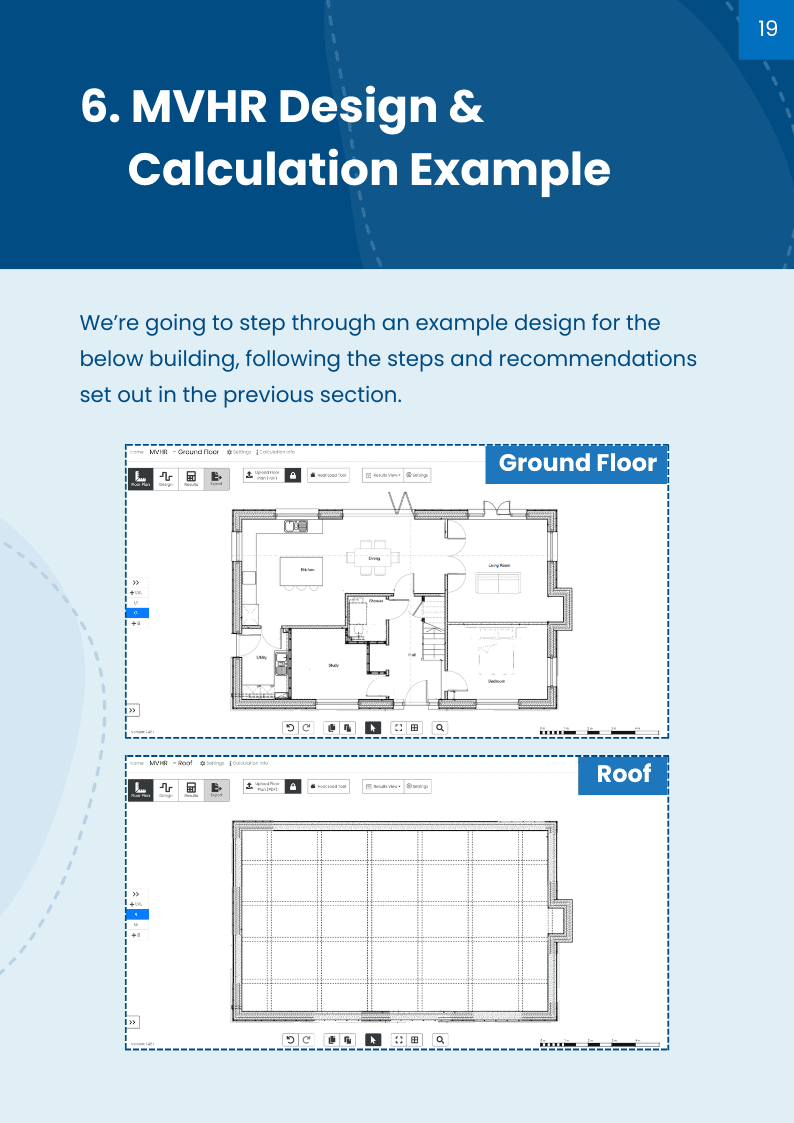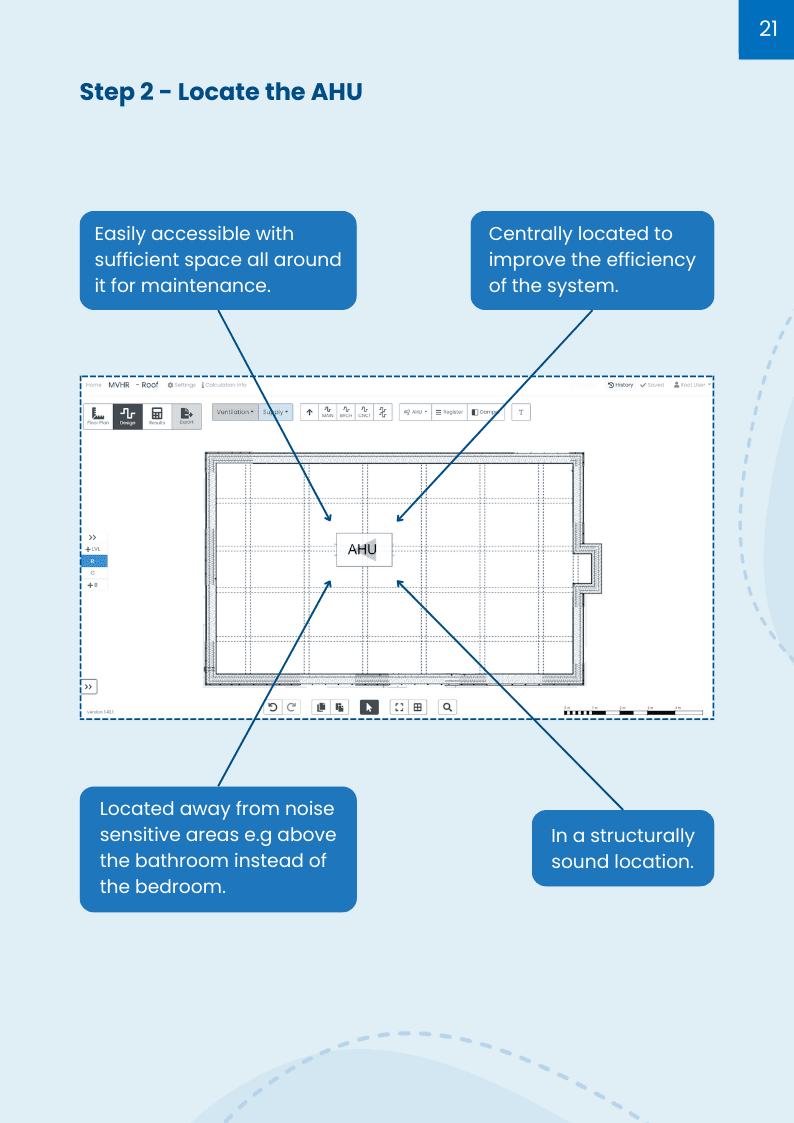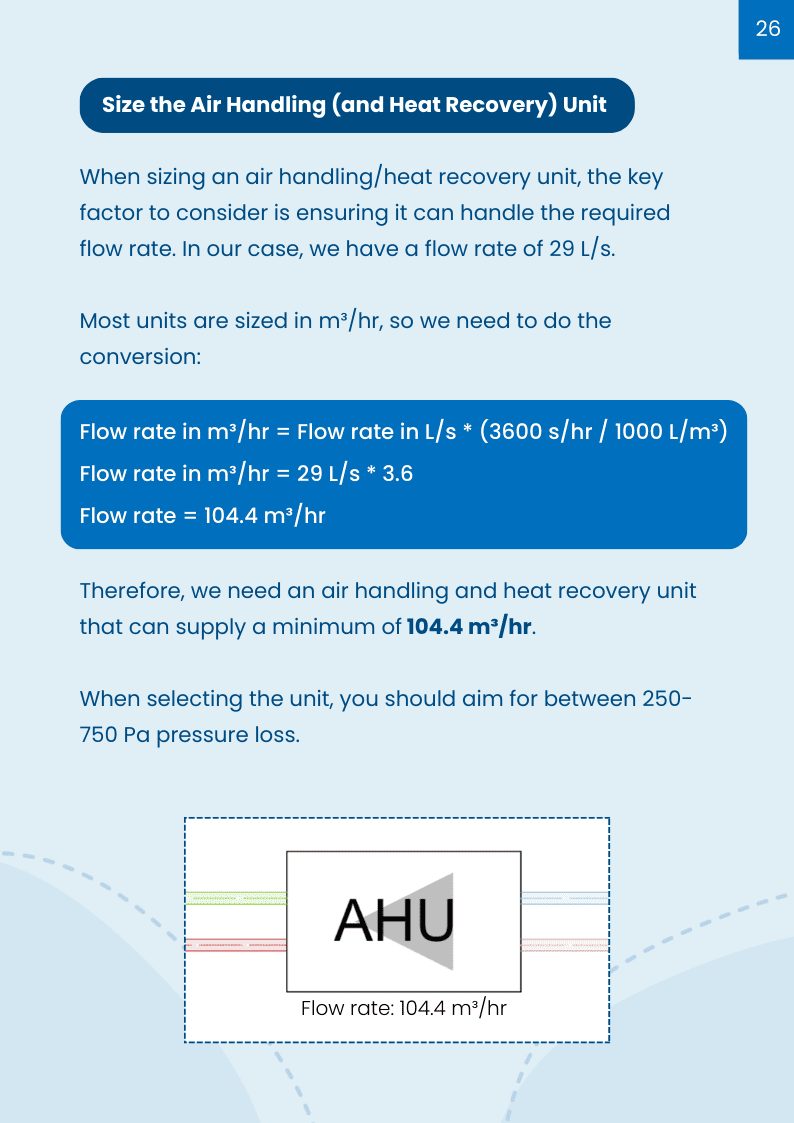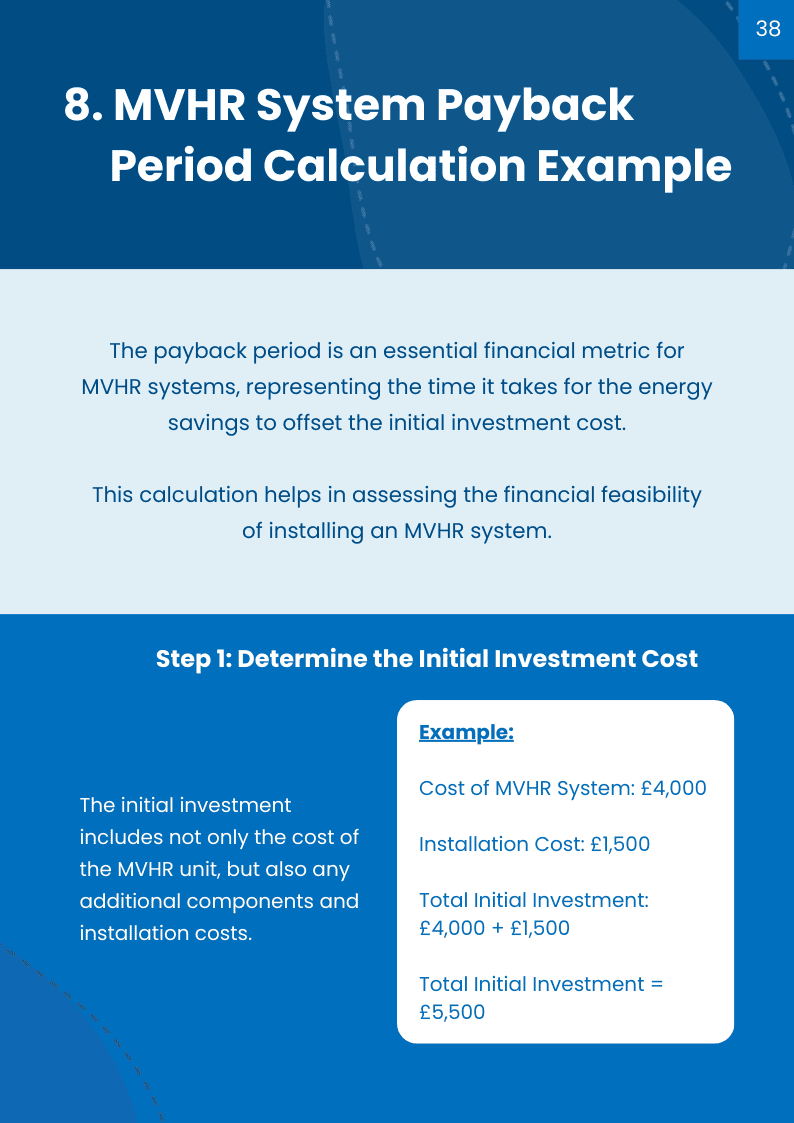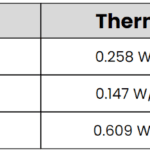
MVHR Design: Mastering Calculations For Efficient Ventilation
Master MVHR design and calculations for efficient ventilation, reduce energy use, improve air quality, and enhance system performance.

Introduction to MVHR Design
In our previous article, MVHR Explained: What It Is, How It Works & Is It Worth The Investment?, we introduced the concept of Mechanical Ventilation with Heat Recovery (MVHR) and highlighted its benefits for energy efficiency and indoor air quality.
Now, we will look deeper into the MVHR design process and calculations that are critical for ensuring optimal system performance.
By mastering these calculations, engineers and designers can ensure the system works efficiently, meets regulatory requirements, and provides long-term savings.
Understanding MVHR design is essential for mechanical engineers looking to install or upgrade ventilation systems in residential and commercial properties.
Whether you’re designing a new build or retrofitting an existing building, a solid grasp of MVHR calculations will guide you through achieving a well-balanced and energy-efficient ventilation system.
The Design Process for an MVHR System
Designing an MVHR system involves several key steps, each critical to its overall efficiency and functionality:
- The process begins by defining the requirements based on the building’s characteristics and local standards.In many regions, regulations such as the UK’s Building Regulations Part F and guidelines from organisations like CIBSE or ASHRAE dictate specific air flow rates and ventilation standards that must be followed.
- The next step involves determining the Air Handling Unit (AHU) location, which is the heart of the MVHR system. Place the AHU in an accessible, structurally supported location to facilitate maintenance. It should also be centrally located to minimise the length of ductwork, thereby increasing system efficiency.
- Additionally, intake and exhaust points should be carefully positioned to prevent the recirculation of expelled air and to ensure clean, fresh air is drawn into the system.
- Finally, the supply and extract grilles must be placed in optimal locations to ensure uniform air distribution throughout the building.

Drawing the ductwork layout in h2x.
For instance, supply grilles should be installed in living spaces and bedrooms, while extract grilles are ideally placed in high-moisture areas such as bathrooms and kitchens.

CIBSE Guide B2: Ventilation and Ductwork (2016).

ANSI/ASHRAE Standard 62.1 (2022).
MVHR Design and Calculation Example
To design an efficient MVHR system, accurate calculations are crucial.
These calculations typically include determining the airflow rates based on building size, occupancy levels, and specific ventilation requirements.
A common formula for airflow is based on industry standards, such as a maximum velocity of 4 m/s and a pressure drop of 1 Pa/m.
Calculating these parameters ensures that the system performs efficiently and meets energy-saving objectives.
For example, if you’re designing an MVHR system for a building with a total area of 95.6 m² and a bedroom that requires 19 L/s of airflow, you would perform a series of calculations to determine the optimal flow rates and duct sizes.
By using the correct formulas and industry guidelines, engineers can accurately size the air handling unit and ducts to ensure the system meets the building’s ventilation needs without excess energy consumption.
Accurate sizing is critical to maintaining the efficiency of the system.
Undersized or oversized components can lead to increased energy usage, poor ventilation, and a reduction in the system’s overall lifespan.
MVHR Energy Saving Calculation Example
One of the standout benefits of an MVHR system is its potential for energy savings.
MVHR systems capture and reuse heat from extracted air, reducing the energy needed to heat fresh air entering the building.
To calculate these energy savings, designers must consider factors such as the system’s efficiency, the building’s heating degree days (HDD), and the total ventilation heat requirements.
For example, systems with 90% efficiency in a building experiencing 2,240 HDD annually could save over 1,400 kWh per year.
This is heat that would otherwise be lost in a traditional ventilation system.
These calculations determine the long-term financial benefits of an MVHR system and its impact on reducing a building’s carbon footprint.
MVHR System Payback Period Calculation Example
Another critical calculation when considering MVHR installation is the system’s payback period.
This period refers to how long energy savings will take to equal the system’s initial investment cost.
The payback period depends on unit cost, installation fees, and annual energy savings.
For example, if the total cost of an MVHR system and installation is $5,500 / £4,000 and it generates annual savings of $409 / £300, the payback period would be approximately 13.4 years.
While this may seem long, it is important to consider the additional benefits of improved indoor air quality, reduced heating bills, and lower carbon emissions, which can make the investment worthwhile.
How a Design Tool like h2x Can Assist
h2x design software streamlines the MVHR design and calculation process, helping engineers and designers achieve optimal results more efficiently.
The software automates critical calculations, such as flow rates and duct sizing, ensuring accuracy and compliance with local standards.
h2x also provides automated system sizing, reports, and professional drawings, allowing users to present detailed plans to clients and contractors.
With automated calculations, system sizing, and detailed reports, h2x reduces the risk of errors and speeds up the design process.
Engineers can also generate professional PDF drawings, export them to AutoCAD or Revit, and ensure that all team members are working with the latest design updates, streamlining installation and reducing on-site issues.
Book a free demonstration or start a free trial with h2x today!

Frequently Asked Questions
What is an MVHR system and how does it work?
An MVHR system supplies fresh air while recovering heat from extracted air, improving energy efficiency and air quality.
How do you calculate airflow for an MVHR system?
The system calculates airflow by considering factors like building size, occupancy levels, and industry standards.
How does an MVHR system save energy?
It captures heat from outgoing air, transferring it to incoming air, reducing the need for additional heating energy.
Is installing an MVHR system worth the cost?
Despite a longer payback period, reduced energy costs, improved air quality, and a smaller carbon footprint make it worthwhile.
h2x: All-In-One Tool for Calculating, Designing, Estimating, and Paperwork

What's in the Pipeline?
Get technical resources delivered to your inbox weekly!
Testimonials
What Installers Say
What Consultants Say
A game changer for the humble plumber. Incredible.
Brad Winkel
Director at Queenstown Plumbing
Brilliant, simple and easy to use. Game changer.
James Major
Director at Hubb
Big time game changer to the industry!
Viv Jude
Director at UHC
Incredible software! Super user-friendly and allows you to save so much time.
Devni Gamage
Engineer at DMA
h2x is great software, our company use it nearly every day. It is easy to use with direct conversion from h2x to Revit.
Callum Craig
Engineer at WDE
h2x is fantastic software. It is very easy to use and the ability to output to Revit is a fantastic time saver.
Joe Kirrane
Engineer at MEP


